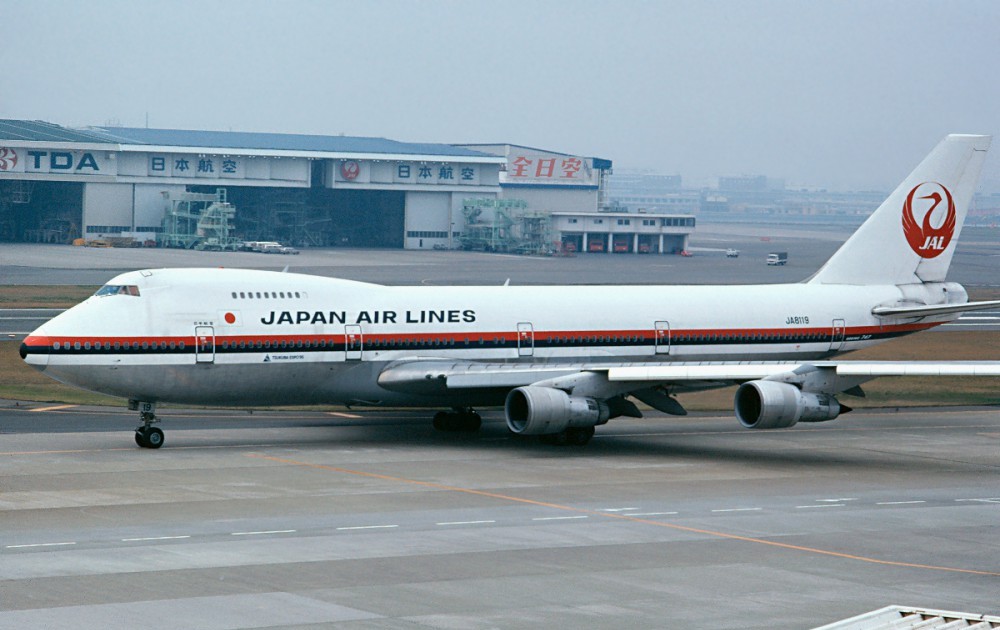Famous Aviation Disasters: Lessons Learned and Safety Improvements

Aviation disasters have always had a profound impact on the aviation industry and society as a whole. These tragic events have led to the loss of countless lives and highlighted the need for continuous improvement in aviation safety. However, from each disaster, valuable lessons have been learned, leading to significant safety enhancements that have made air travel one of the safest modes of transportation today. In this blog, we will explore some of the most famous aviation disasters, the lessons they taught us, and the safety improvements that have emerged as a result.
Tenerife Airport Disaster (1977):
One of the deadliest aviation accidents in history, the Tenerife Airport disaster occurred when two Boeing 747 aircraft collided on the runway, resulting in 583 fatalities. This disaster prompted significant changes in air traffic control protocols, highlighting the importance of effective communication, standardized phraseology, and crew resource management (CRM) training. Today, strict adherence to these protocols and improved runway safety systems have reduced the risk of runway collisions.

Air France Flight 447 (2009):
The crash of Air France Flight 447, an Airbus A330, into the Atlantic Ocean during a flight from Rio de Janeiro to Paris, claimed the lives of all 228 people on board. This incident shed light on the importance of pilot training and situational awareness. As a result, there have been improvements in pilot training programs, emphasizing the development of manual flying skills and improved understanding of aircraft automation.

Japan Airlines Flight 123 (1985):
Japan Airlines Flight 123, a Boeing 747, suffered a catastrophic failure of its rear pressure bulkhead, resulting in the loss of 520 lives. This accident led to significant changes in aircraft maintenance practices, emphasizing the importance of proper inspection procedures and rigorous maintenance protocols. Today, airlines adhere to stricter maintenance standards, including more frequent inspections and the implementation of advanced non-destructive testing techniques.

United Airlines Flight 232 (1989):
United Airlines Flight 232 experienced an uncontained engine failure, leading to the loss of hydraulic systems and control surfaces. Despite the crash-landing in Sioux City, Iowa, 185 out of 296 passengers and crew survived. This accident highlighted the significance of crew coordination during emergencies and prompted the development of crew resource management (CRM) programs worldwide. Today, CRM training is an integral part of pilot and cabin crew education, emphasizing effective communication and teamwork.

Malaysia Airlines Flight 370 (2014):
The disappearance of Malaysia Airlines Flight 370, a Boeing 777, remains one of aviation's greatest mysteries. This incident underscored the need for improved tracking and monitoring of aircraft. In response, the International Civil Aviation Organization (ICAO) introduced new regulations mandating real-time tracking of commercial flights. Furthermore, advancements in satellite technology and the implementation of the Global Aeronautical Distress and Safety System (GADSS) have enhanced aircraft tracking capabilities.
_9M-MRO_-_color.jpg/1200px-Boeing_777-200ER_Malaysia_AL_(MAS)_9M-MRO_-_color.jpg)
Aviation disasters have provided valuable lessons that have shaped the industry's commitment to safety. Through these tragedies, significant advancements in air traffic control, pilot training, maintenance procedures, crew coordination, and aircraft tracking have been achieved.
The aviation industry is continuously evolving, implementing new safety measures and technologies to prevent accidents and protect passengers and crew. By analyzing and learning from past disasters, we strive to make air travel even safer, ensuring that the lessons from these tragic events are never forgotten.
